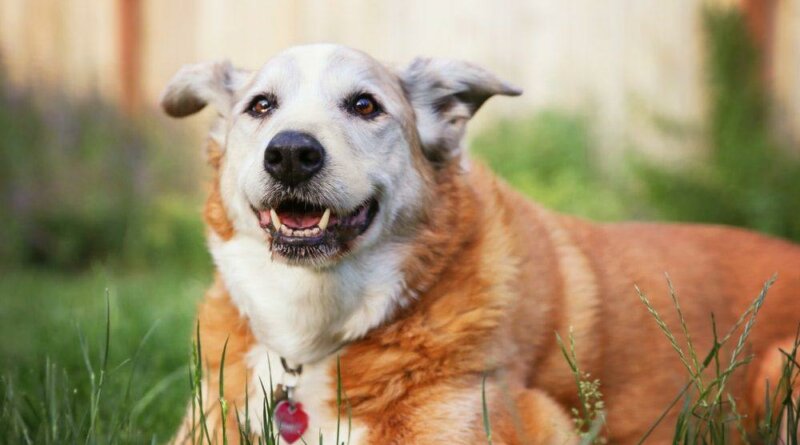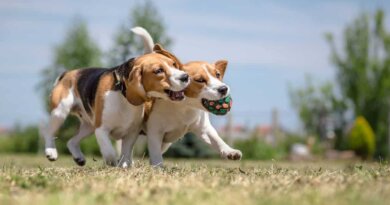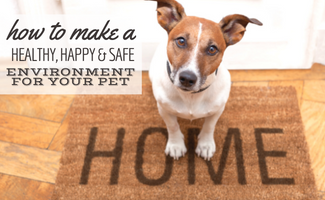6 Ways to Make Life Easier for Your Aging Dog
Growing old is tough.
As your dog matures, you’ll likely begin to see him exhibit a decrease in joint mobility and show signs of stiffness. He may begin to eat less and sleep more, and develop incontinence. Suddenly, he’s not as sure-footed as he used to be, he may experience an increase in aches and pains, and become more forgetful. Oftentimes, his hearing is not as acute, his vision begins to deteriorate, and he becomes confused, tired, or fatigued more quickly.
Still, as hard as it is to watch your best friend grow old, life can still be great, even in the senior years!
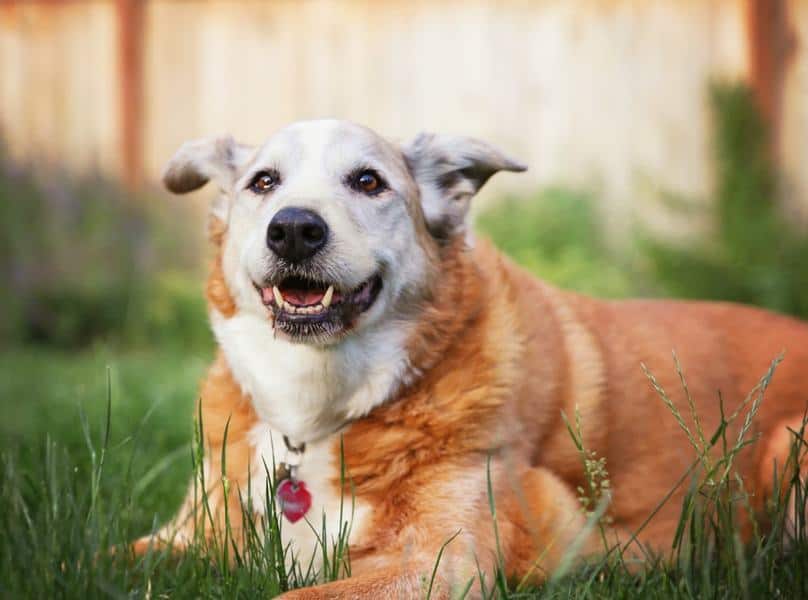
Dogs are most often considered to be “seniors” by the age of eight, though small and toy breed dogs tend to age much slower and larger or giant breeds can be considered seniors as early as 5 years of age.
That’s why it’s good to begin working with your dog while he’s young to make aging as easy as possible. Here are a few things you can do now to help ease your dog into the golden years:
1. Teach Your Dog Sign Language
Begin training your dog to understand sign language while she’s still young and she will not feel nearly as lost if her hearing begins to fail. It’s very easy to do and will help your pets tremendously later in life.
Each time you give a command, reinforce it with a hand signal – it’s that easy. Your pets will begin to understand the connections in just a few hours. Simple signs your pets should learn include:
- Eat: Simply touch your hand to your mouth prior to serving them their meal or offering them a drink during playtime.
- Stay/stop: A hand held palm up is a good indicator for pets to stay, or to stop doing something (particularly rough-housing or playing too hard).
- Sit: A closed fist is the easiest way to sign this action.
- Heal: A hand wave or pointing to your waist indicates a heal.
- Drop it: A waved hand can indicate a drop command.
Because dogs learn and respond so quickly to body language and hand signals, you could even communicate with your dog using American Sign Language! If you don’t know it already, pick up a book on sign language and learn together!
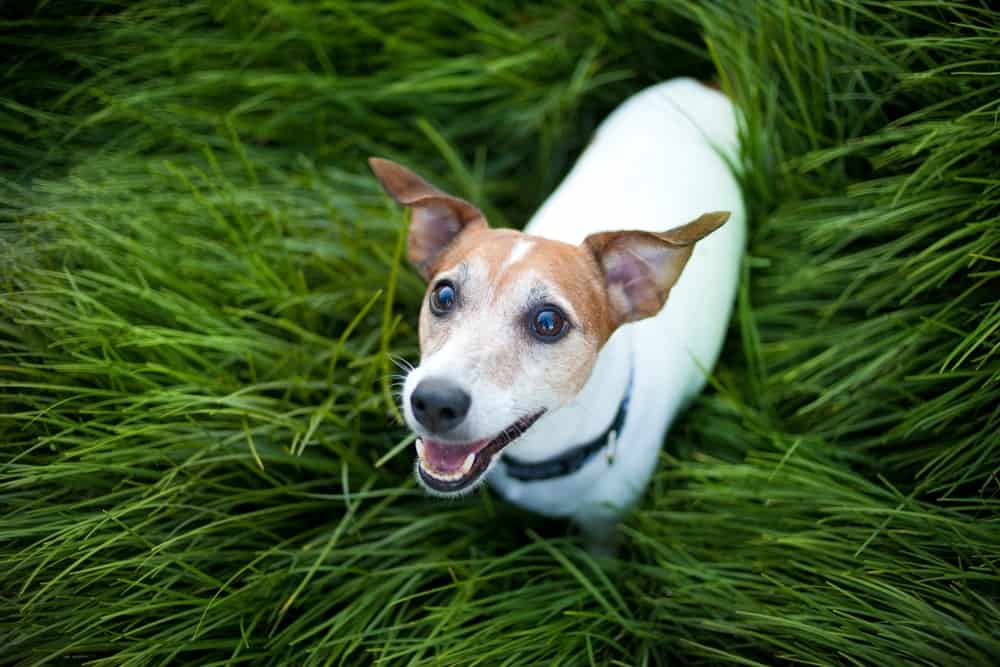
2. Train Your Dog to Use Ramps or Steps: Teaching your pets to use a well-designed, sturdy pet ramp or steps to get in and out of a car or up onto a high bed or couch now, while they’re still young and agile, will not only help to preserve joints for the future, but will make using them as seniors more natural.
Whether you’ve got a tiny dog that can’t jump high enough to reach your bed to snuggle at night, or a larger breed that can no longer get in and out of the car unassisted, there’s a wide variety of pet steps and ramps to help your growing or aging dog remain comfortably independent. Check out Solvit brand steps and ramps for reliable and trusted products ranging from bedside steps, to telescoping ramps, and everything in between to assist in your dog’s mobility.
3. Monitor Your Dog’s Activity: Monitor your pet’s activity levels and diet by using a smart pet activity tracker. These tiny monitors are typically worn right on your dog’s collar and monitor their activities each day, including time spent walking, playing, sleeping, and even eating. Regularly monitoring your dog’s activity provides you with vital information to keep them at optimum weight and adjust their caloric intake according to their activity levels.
As dogs age, their dietary requirements will need to be adjusted to maintain a healthy weight. Remember, a healthy weight – not too thin and not too heavy – is vital to a long, healthy life. Tracking your dog’s activity levels will also give you a good indication of whether or not they are experiencing pain or another medical problem before it becomes too late to treat.
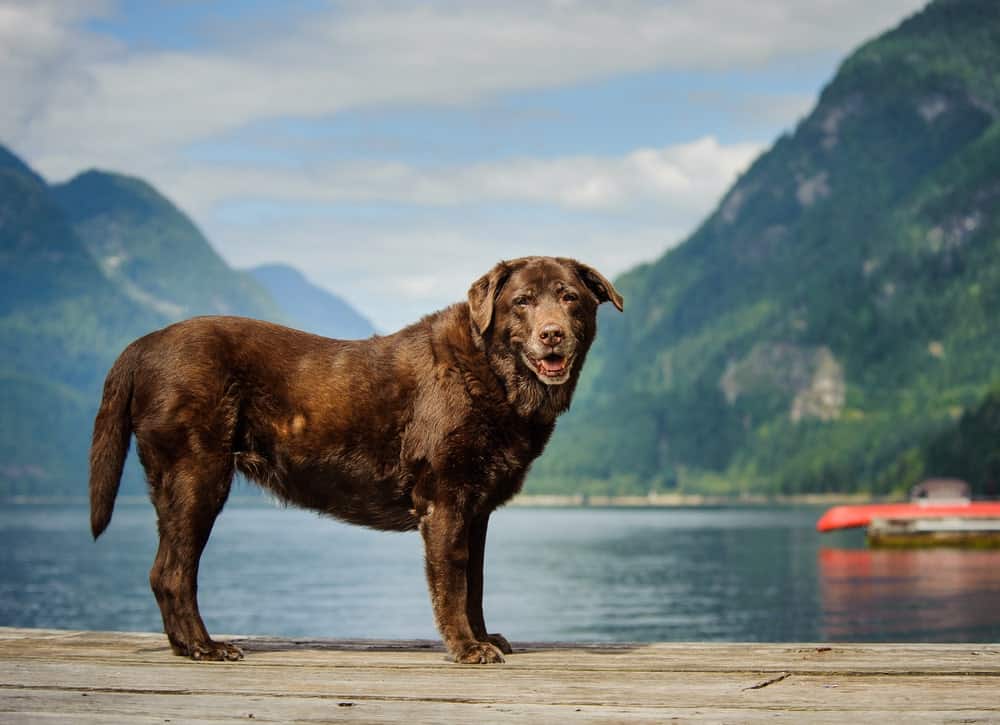
4. Prevent Slipping: As dogs age, muscles weaken, and joints become weaker, walking on slippery surfaces becomes more difficult and dangerous. Toe grips and non-slip dog socks can help your pet avoid a serious injury to hips and joints while walking on slippery surfaces like hardwood, laminate, and tile. These are excellent tools designed to give your aging, senior, arthritic, or special needs dog the extra traction they need to walk on slippery floors and stairs.
5. Consider Diapers & Pee Pads: Pets can become incontinent as they age and their bladders begin to weaken. It can be a major source of anxiety for them, as well. Don’t put your dog through the unnecessary stress – instead use specially-designed diapers for dogs or place “pee pads” in the rooms they most commonly occupy. Training your dogs to use these tools will go a long way towards preserving their dignity and your patience.
6. Use an Orthopedic Pet Bed: It has been said that every dog, if they live long enough, will eventually develop degenerative joint pain. One simple way to both lessen the pressure on aging joints and alleviate pain in senior dogs already experiences joint discomfort is with an orthopedic pet bed. Aside from providing a warm, comfortable place to rest and sleep, an orthopedic pet bed used now, before your dog is dealing with joint pain, can actually extend the health of his joints as he ages.
We love our dogs and want to make their golden years as easy as possible. Fortunately, technological advances make this easier than ever. Your pets have been with you through good times and bad, don’t they deserve the best you have to offer?

